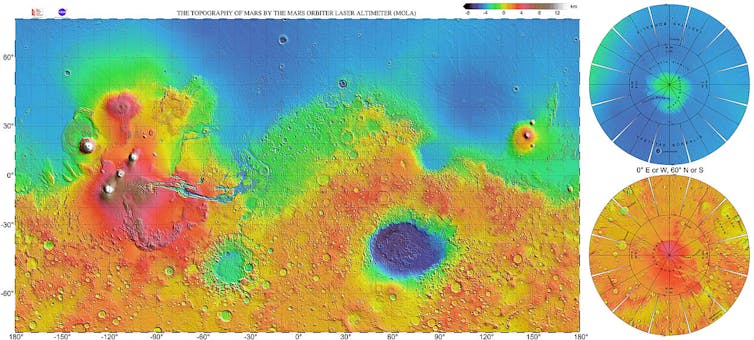Boeing gets green light for satellite internet constellation
The Federal Communications Commission has authorized a satellite internet project from Boeing first proposed in 2017. Boeing can now move forward with building, launching, and operating its own broadband internet network from space, joining its main aerospace competitor SpaceX.
Boeing’s plan involves placing 132 satellites into low Earth orbit at an altitude of 1,056 kilometers (about 656 miles). Another 15 will be launched to “non geostationary orbit” at an altitude between 27,355 and 44,221 km (16,998 to 27,478 miles). The company says it wants to use the satellites to offer “broadband internet and communications services to residential consumers, government and business users in the United States, Puerto Rico and the US Virgin Islands” while the network gets built out, and on a global basis once it’s complete.
All 147 satellites would broadcast in the V-band, a higher-frequency slice of the wireless spectrum than the Ka and Ku bands used by SpaceX’s Starlink network or Amazon’s yet-to-be-deployed Project Kuiper satellites. Using V-band could allow for faster data transfer rates but runs a greater risk of interference because the higher frequencies have more trouble penetrating solid objects. (SpaceX has plans to use the V-band in some future satellites, and so does OneWeb. The Ka and Ku bands are also used by satellites that provide in-flight internet on commercial airlines.)
SpaceX has previously expressed concern that Boeing’s proposal to launch into already-crowded low orbits could increase the risk of a collision with other satellites. In 2019, SpaceX said to the FCC that it believed Boeing’s network would create a “clear danger of harmful interference,” according to Reuters. SpaceX’s Starlink satellites orbit the Earth at an altitude of around 550 km (roughly 342 miles), which is around where OneWeb’s internet satellite constellation can be found (and where Amazon’s satellites will go once they launch). SpaceX and OneWeb narrowly avoided a collision earlier this year.
Boeing now has six years to launch half of its satellite constellation and nine years to deploy the entire network. The company had asked the FCC to loosen those requirements — it wanted to only commit to launching five satellites in the first six years, and asked for a 12-year window to launch the entire constellation — but the commission denied that request, according to the order published Wednesday.
By comparison, SpaceX and Amazon have far grander plans for their networks, with each consisting of thousands of satellites. Boeing is a major satellite manufacturer, and so it spent the years before and after its initial 2017 proposal selling to early space-based internet providers as the market matured. But providers are now expected to collectively generate more than $50 billion by 2031, which could explain why Boeing bothered slogging through four years of the approval process.


